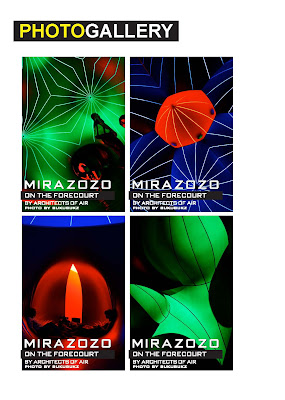 Opera House
Opera Housethe reason that i used green and yellow color is..
they are Australian's color, and also used
the Australian's flag on the Opera House
because all of what I used are the sign!!
Makes sense, doesn't it?
 Mao Tse-Tung
Mao Tse-Tung
AKA Chairman Mao, AKA 'The Great Helmsman'.
(Tse-Tung can also be spelt Zedong.
Translated the name means 'To Shine on the East'.)
we made him to be a Pop up art to reduce his scary story
that he was the killer! Colorful style of pop-up help him much.











